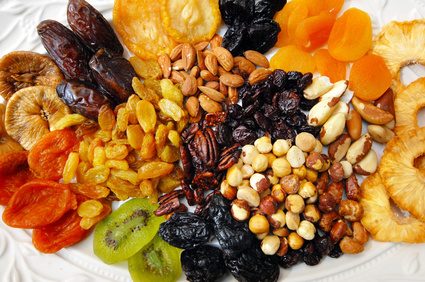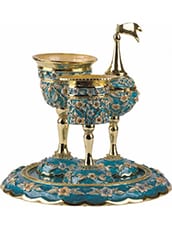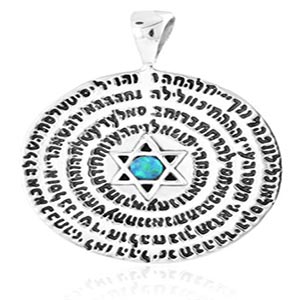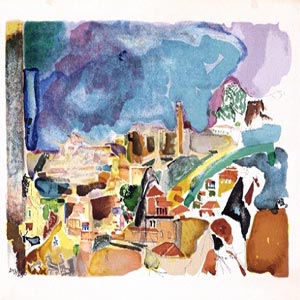No products in the cart.
Holidays, Mitzvot & Tradition
Tu B’Shevat – The Cycle of Nature
Tu b’Shevat, the “New Year of the Trees,” is celebrated according to the Jewish calendar. Therefore, the festival is also named after “Rosh Hashanah La’Ilanot.”
The Mishna, the oral law that gave rise to the Talmud, points out the celebration of four special dates on the Jewish calendar: the New Year of the Kings and the Festivals (1st of Nissan); the New Year of the Animals (1st of Elul); the New Year of Men (Rosh Hashanah, 1st of Tishrei); the New Year of the Trees (1st of Shevat). The last coincides with the harvest period in Israel, and, during the times of the Mishnah, it was also the period for the payment of taxes.
The original date (1st of Shevat) was changed to the 15th day, in order to adapt the celebration to include the different harvesting times in different regions of Israel. Many religious leaders did not agree with the celebration on Day 1 because, in Israel, depending on the region, some trees begin to bear the first fruits at the beginning of the month and others at the end of Shevat. Therefore, Day 15 was set for the feast; hence the name Tu b’Shevat, since, according to Hebrew numerology, the acronym “tu” is composed of the letters tet and vav and has the numerical value of 15 .
With the conquest of Israel by Christian Crusaders in the eleventh century, and the migration of most Jews to the East, the tradition of Rosh Hashanah La’Ilanot almost disappeared from the region, celebrated instead primarily in European Ashkenazi communities.
 But with the rise of the Zionist movement in the late nineteenth century, and especially after the creation of the State of Israel in 1948, the feast of Tu b’Shevat gained new meaning. This is because several regions of Israel had wetlands or soil unsuitable for planting. The celebration then became associated with the revival of agriculture and nature in Israel.
But with the rise of the Zionist movement in the late nineteenth century, and especially after the creation of the State of Israel in 1948, the feast of Tu b’Shevat gained new meaning. This is because several regions of Israel had wetlands or soil unsuitable for planting. The celebration then became associated with the revival of agriculture and nature in Israel.
In 1884, a group of “Moshev Lesso HaMa’alá” dwellers in the Galilee celebrated Tu B’Shevat for the first time by planting trees, which became a tradition. Concern for reforestation came to fruition with the creation, in 1901, of Keren Kayemet LeIsrael (National Jewish Fund), considered by many scholars as the first modern environmentalist entity. The KKL was responsible for the purchase and productive recovery of many lands in Israel, beginning in the early twentieth century.
Seder Tu B/Shevat

Modern liberal congregations hold a Seder of Tu B’Shevat, similar to the Passover Seder, with the reading stories about nature and the importance of preserving the environment. During the meal four glasses of white wine mixed with red wine in different proportions – one more red than the previous one – are served to demonstrate the growth of flowers and the differences between the seasons.
Natural foods are also brought to the table, giving preference to those from Israel, such as beans, wheat, barley, grapes, figs, pomegranates, olives, dates, almonds, nuts, apples, pears, olive oil and honey.









Beautiful and a lasting tradition for all Jews. May Adonai be revered for eternity.